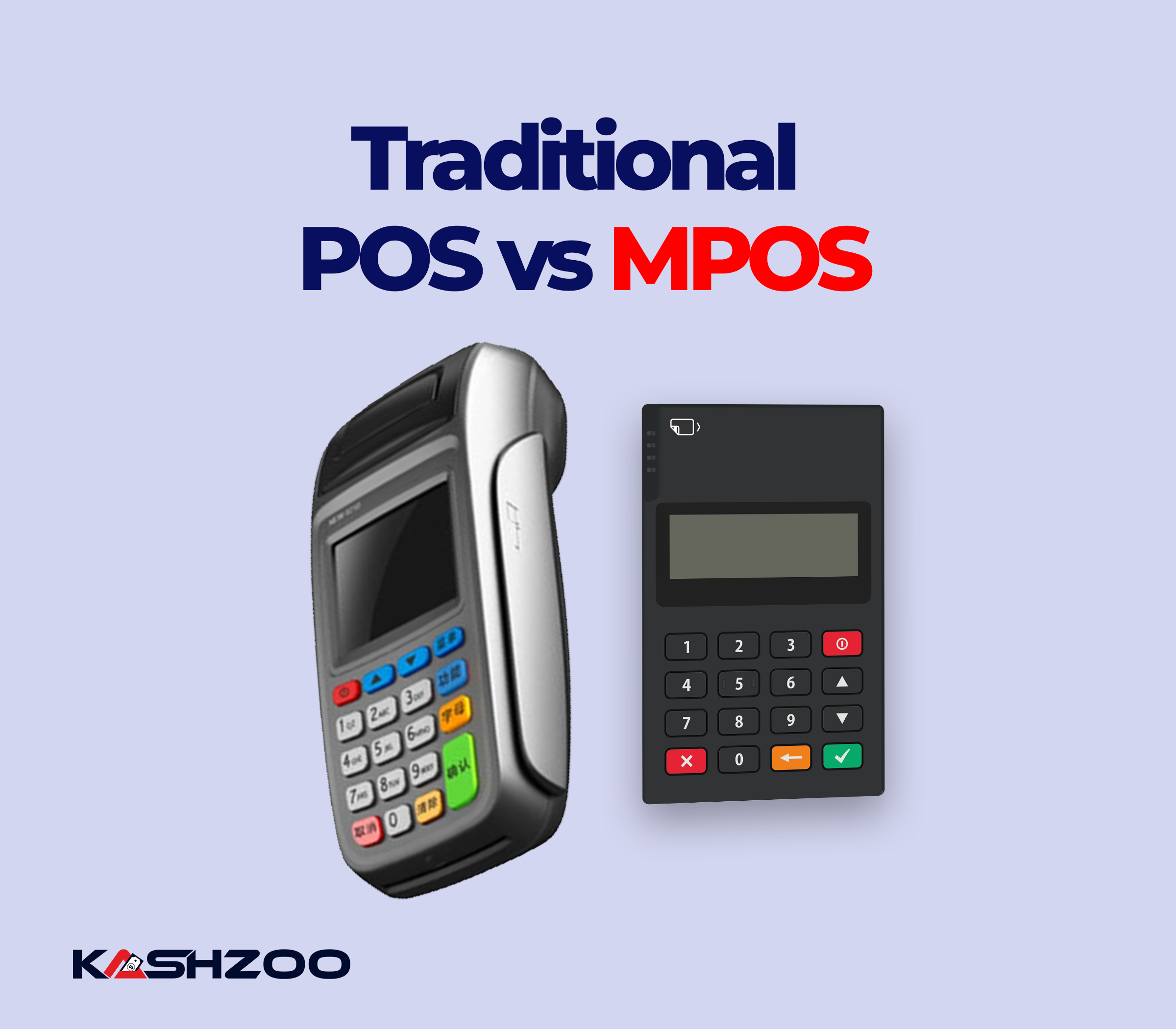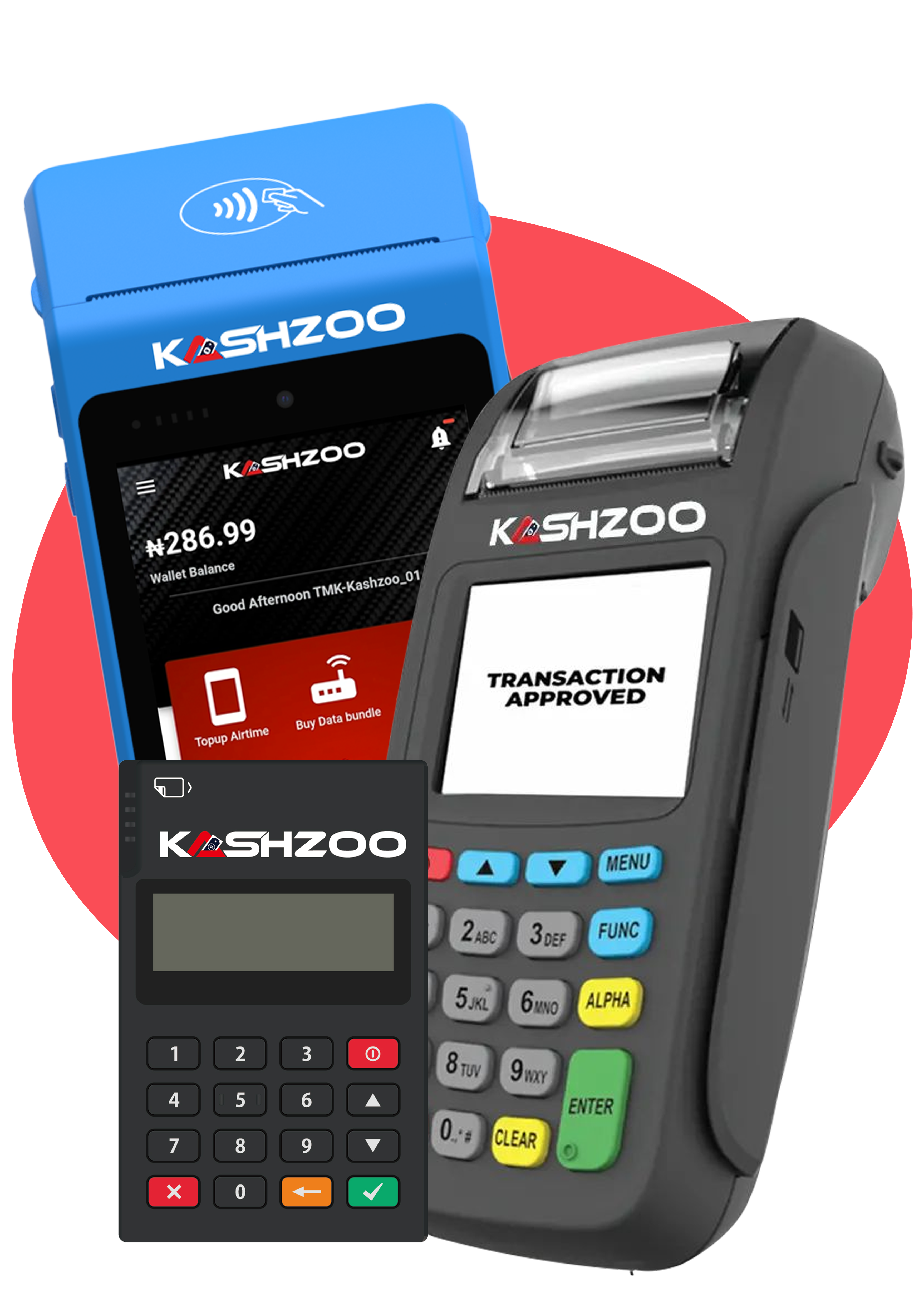The traditional POS or Point of Sale machine is an encompassing term in financial solutions. At the same time, the mPOS or mobile point of sale is simply a convenient mobile payment solution built on smartphones and tablets instead of conventional desktop computers.
With the continuous evolution of fintech solutions, there are bound to be many new terminologies, for instance, the traditional POS and mPOS referred to above. You may wonder if there are any differences between the mobile and point-of-sale machines and if they serve the same purpose. This may confuse people, especially those not current on industry trends.
This post will explain the world of mPOS and traditional POS machines, their uses, and their differences.
What is Traditional POS?
The traditional point-of-sales machine has been around for a while and is instrumental to the rise and boom in the retail business landscape as it provides an easy payment method using a card instead of cash. It does other things, such as managing transactions such as ‘cashin’ and cashout, among others.
What are its features?
- Hardware: The traditional POS comprises hardware units, including terminals, receipt printers, scanners, cash registers, and customer-facing displays.
- Software: This feature enables the POS to perform multiple tasks, such as sales transactions, inventory management, customer data tracking, and report generation.
- Stationary Set Up: they are usually set up at the checkout point in retail stores.
- Security measures: Traditional POS systems use advanced security measures, such as user authentication, encryption protocol, and compliance with industry standards, to protect customers and business owners.
- Training and Support: Operating a traditional POS is a bit technical, and the POS vendors may require some training so that their users can get acquainted with the software interface and the attached hardware.
Advantages
- System stability and reliability: They are more stable because they are designed to process transactions continuously without many interruptions, which is suitable for businesses.
- Customisation and scalability: they offer options that integrate evolving customer needs
Vendor support, maintenance and upgrade
Disadvantages
- Restricted mobility: Traditional POS are bulky, so they are stationed at the checkout point, and employees can’t access them when they move to other parts of the store.
- High cost and maintenance: they are expensive to purchase and also require regular maintenance and upgrades to keep running smoothly
- Limited features: Unlike the mobile point-of-sales system, they do not have varied features. The limited features make it challenging for businesses to keep up with industry trends and meet customers’ needs.
- Security Risks: Traditional POS systems become targets for hackers, who may steal customer data, card information, and identity.
What is the mPOS?
mPOS refers to mobile Point of Sale. It is a system that utilises smartphones and tablets to process transactions. These devices are usually equipped with POS software and card readers, which helps businesses to receive payments from customers from anywhere rather than being limited to a particular spot, like the checkout points. mPOS is an ideal system for all businesses.
What are some features of the mPOS?
- Mobility and convenience: unlike traditional POSs with limited mobility, mPOS accepts payment from anywhere.
- Provides flexible payment options that help businesses offer better customer services wherever they are.
- Many mPOS offer inventory management features, which allow businesses to track stock levels, manage product information, and receive updates on inventory status in real-time.
- Incorporation of customer relationship management through capturing customers’ data, tracking of purchase history and sending personalised offers or promotions.
- mPOS supports diverse payment methods like credit and debit cards, mobile wallets and contactless payments.
Advantages
- mPOS is affordable
- Its interface is easy to navigate and requires little or no training, unlike the traditional POS
- It is flexible and can be used or accessed from anywhere
- mPOS has tight security and allows for encrypted payments like chip cards and NQR custom codes.
Disadvantages
- It allows access to third parties during transactions and may risk the exposure of data and valuable information.
- Reliant on internet services, which may cause a sudden pause to businesses during internet services’ downtime.
How does mPOS work?
Setting up an mPOS system, unlike traditional POS, is easy and requires little or no training. It is designed to work with a wireless card reader that can easily scan cards, chips, and QR codes. With just one swipe, the customer’s payment data gets transmitted through a processor. After the swipe, the system updates the inventory level, generates e-receipts, and completes transactions.
What are some benefits of choosing the right mPOS for your Businesses?
Selecting the right mPOS, such as Kashzoo, will facilitate the smooth running of your business because it is built to enable fast, secure and seamless transactions. Let us see more below;
- mPOS are very simple and convenient for customers
- It provides a point-of-sale report regularly
- It encourages faster transactions and increases sales
- mPOS gives easy access to essential data.
- It is cost-efficient, as you do not have to spend on the hardware that comes with traditional POS, upgrades, and maintenance.
Our Take
If you are asking to choose between the traditional POS and mPOS for your business, considering the market trend, our pick will be the mPOS because it is more convenient and accessible. Investing in an mPOS such as Kashzoo for secure and fast payment processing is suitable for your business growth and increase in sales. Hence, your investment will be worth it.




What do you think?
It is nice to know your opinion. Leave a comment.